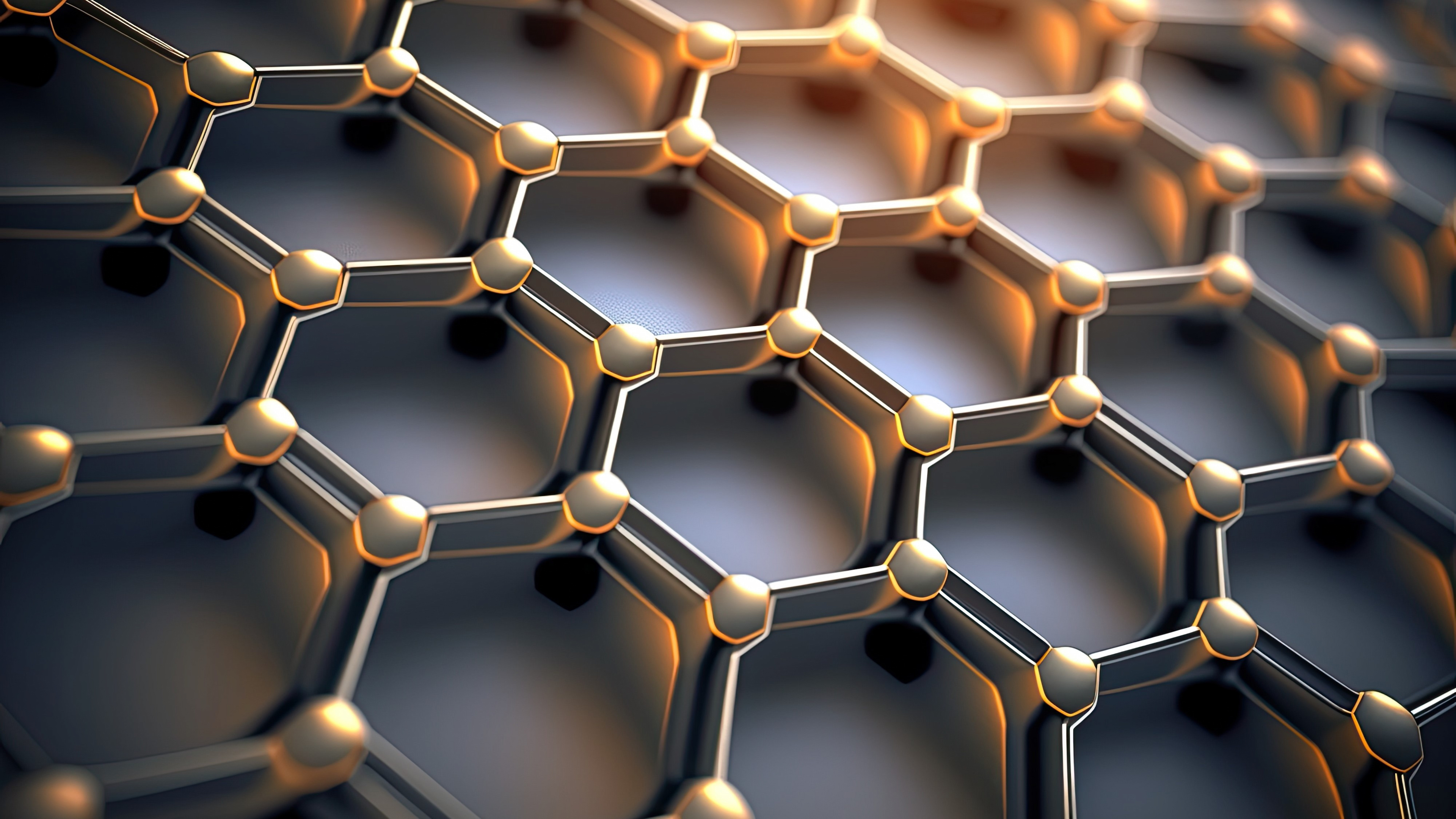Picture a world where acquiring fuelless electric generators for residences, apartments, or small enterprises like greenhouse farms is as simple as picking up a washing machine at the store. Envision cruising in electric vehicles that effortlessly power themselves, without the need for charging stations or centralized power supplies. Can these imaginative scenarios truly materialize, and if so, are they destined to become a part of our reality?
Do these concepts represent unattainable utopias, or are they the natural progression of human ingenuity and technological evolution? Is our society prepared to embrace these groundbreaking shifts, where electric vehicle enthusiasts can travel with ease, unconcerned about depleting batteries or finding themselves stranded far from civilization?
Today, fuelless technologies have been granted a unique opportunity to be adopted, as resource-consuming countries aim to reduce their reliance on energy purchases, opting instead to enhance their economies‘ efficiency through fuelless technology implementation. Nanomaterials play a crucial role in this process.
Solar and wind power generation should also be considered fuelless technologies, but their power generation can be inconsistent. For instance, the European Union’s wind energy production (WES) on April 1, 2023, accounted for 30% of total electricity generation, only to plummet to 6.8% on April 5, as reported by Wind Europe. This volatility in power generation necessitates maneuverable capacity, which in turn increases capital expenses and elevates energy consumption rates for consumers.
Nevertheless, technologies related to stable power supply sources and power generation in a continuous mode, regardless of weather conditions, have begun to emerge. Technologies involving power generation through the influence of invisible spectrum radiation are deemed the most promising, as the power of this radiation remains stable day and night and is unaffected by weather conditions. Moreover, these radiations possess high penetrating power, eliminating the need for special conditions for installing power-generating equipment, unlike solar panels.
Harvesting electricity from energy fields has been an age-old challenge. This is why scientists have been unable to solve this problem or even replicate the experiments of Serbian scientist Nikola Tesla (July 10, 1856 – January 7, 1943) following his death. However, it is important to note that forces not interested in the existence and industrial implementation of such technologies have played a significant role in hindering the development of these technologies.
A genuine breakthrough in developing methods to generate electricity under the influence of invisible spectrum radiation energy fields occurred several years ago. The Neutrino Energy Group’s discovery and investigation of graphene nanomaterial properties enabled the creation of a material capable of converting surrounding radiation field energy into an electric current. The technology used to create the nanomaterial was named Neutrinovoltaic.
The nanomaterial comprises alternating layers of graphene and doped silicon. Graphene (carbon) belongs to the 4th group of the Mendeleev periodic table of chemical elements and has four covalent bonds. Consequently, silicon, which also belongs to the same group, was chosen as the material for the plates placed between the graphene layers. Graphene’s specific conductivity is similar to metals such as copper, but silicon falls under the semiconductor category. To create n-type electronic or electrical conductivity in silicon, it is doped with elements from groups 5 or 6 of the Mendeleev periodic table, as described in patent number EP3265850A1.
The electric current generated by the nanomaterial on the metal substrate is constant. In the nanomaterial, the graphene waves of each layer equally affect both silicon plates, between which the graphene layer is situated. According to Lenz’s law, the induced electromotive force in a closed loop is equal and opposite in sign to the rate of change of magnetic flux through the surface. As a result, charged particles should move in both directions, but they only move in one direction. To achieve this effect, Neutrino Energy Group scientists applied film coatings of alloying elements in each layer, creating a p-n junction that produces a film diode effect. This allows electric current to flow in one direction while blocking it in the other. Presently, scientists can consistently obtain a voltage of 1.5 V and a current of 2.0 A from a 200×300-mm wafer.
Graphene is a unique 2D material, but its behavior can only be described in a three-vector coordinate system. Due to its hexagonal crystal lattice, the thermal motion of atoms and the impact of neutrinos with mass on the core of graphene atoms result in the appearance of microvibrations. The microvibration mechanism enables the generation of electric current. Graphene (carbon) has an atomic number of 12, making its atomic nucleus one of the lightest. This characteristic results in a more pronounced effect when neutrinos with mass collide with graphene atomic nuclei, thus increasing the amplitude and frequency of the „graphene“ wave. This is why the technology’s inventors, recognizing the contribution of neutrinos and other kinds of non-visible radiations in the electricity generation process, named the technology Neutrinovoltaic.
Currently, the Neutrino Energy Group is collaborating with its Indian partners to adapt Neutrinovoltaic technology for the development of an electric car body capable of charging the battery and generating traction power called the Pi Car. This electric generation will occur both while the vehicle is in motion and when it is parked during the day or night. The goal is to create a self-charging, fuelless electric car within the next three years. Upon examining the current state of fuelless power generation, it becomes evident that the first steps in the development of eco-friendly and safe power generation have been taken. The world is gradually becoming ready to embrace the transformative changes that the introduction of new „clean“ and innovative energy technologies will bring.





